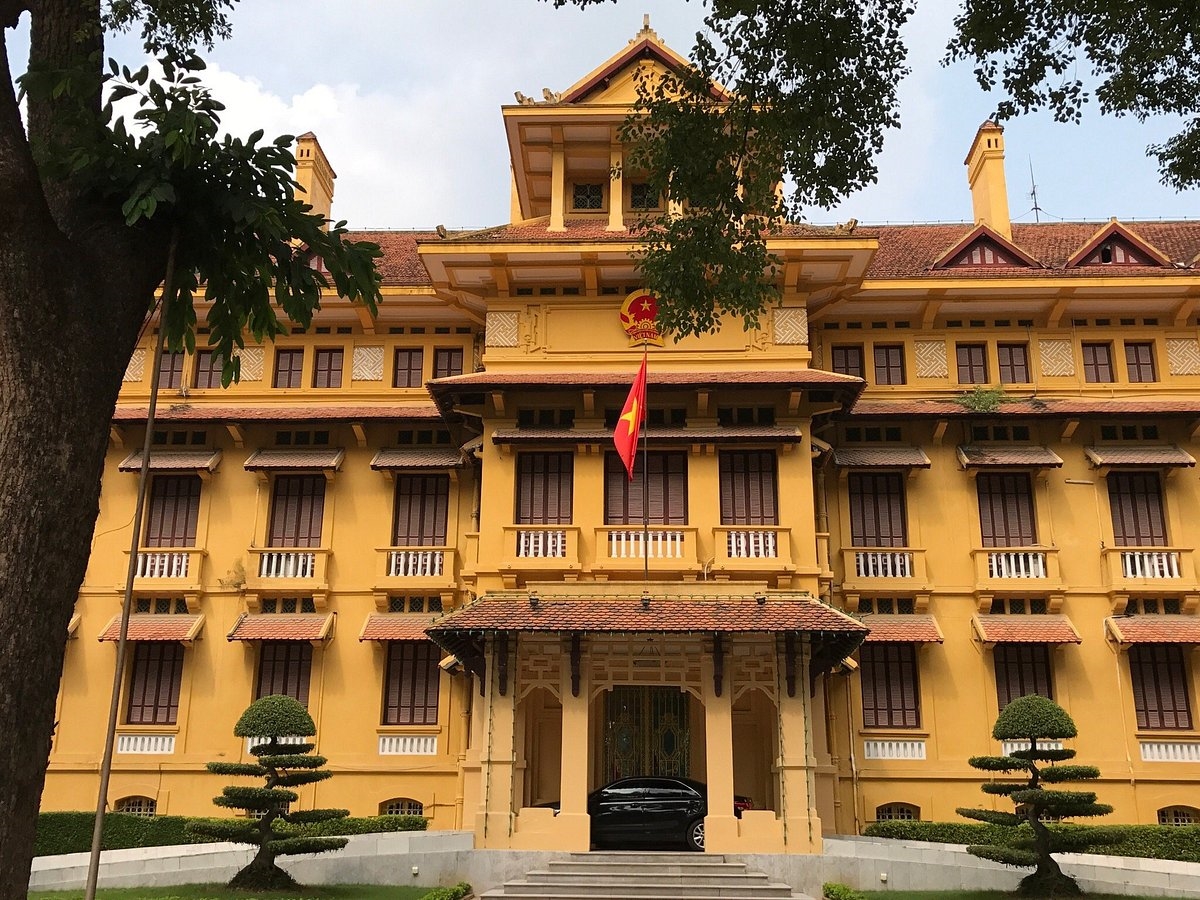Exploring the Presidential Palace Historical Site in Hanoi
Hanoi, the capital city of Vietnam, is a place where history and culture intertwine seamlessly. Among its many historical landmarks, the Presidential Palace stands out as a significant site that offers a glimpse into the country’s rich past. This guide will provide you with practical information to make the most of your visit to this iconic location.
Understanding the Historical Significance
The Presidential Palace in Hanoi is not just an architectural marvel; it is a symbol of Vietnam’s colonial history and its journey towards independence. Built between 1900 and 1906, the palace was originally intended as the residence for the French Governor-General of Indochina. Its design reflects the Beaux-Arts architectural style, characterized by grandiose and elaborate details, which was popular in Europe at the time.
After Vietnam gained independence, the palace became a significant site for the country’s leaders. Ho Chi Minh, the revered leader of Vietnam, chose not to live in the palace, opting instead for a modest stilt house on the grounds. This decision reflects his commitment to simplicity and his connection with the Vietnamese people. Today, the palace is used for official government functions and is a testament to Vietnam’s complex history.
Planning Your Visit
When planning a visit to the Presidential Palace, there are a few practical considerations to keep in mind. The site is located in the Ba Dinh District, which is easily accessible from various parts of Hanoi. Public transportation, such as buses and taxis, can take you there conveniently. If you prefer a more leisurely approach, renting a bicycle or taking a walk through the city’s charming streets can be a delightful experience.
The palace grounds are open to the public, but the interior of the palace itself is not accessible to visitors. However, the surrounding gardens and Ho Chi Minh’s stilt house are open for exploration. It’s advisable to visit during the cooler months, from November to March, to avoid the intense heat and humidity of the summer. The site is usually less crowded in the early morning or late afternoon, providing a more peaceful experience.
What to See and Do
While you cannot enter the palace itself, there is still plenty to see and do around the Presidential Palace Historical Site. The lush gardens surrounding the palace are meticulously maintained and offer a serene environment for a leisurely stroll. The gardens are home to a variety of tropical plants and trees, providing a refreshing escape from the bustling city.
One of the highlights of the site is Ho Chi Minh’s stilt house, where the leader lived and worked from 1958 until his death in 1969. The house is preserved as it was during his lifetime, offering a unique insight into his simple lifestyle and dedication to the Vietnamese people. Visitors can view the house from the outside and see the rooms where Ho Chi Minh spent his days.
Additionally, the nearby Ho Chi Minh Museum and the One Pillar Pagoda are worth a visit. The museum provides a comprehensive overview of Ho Chi Minh’s life and Vietnam’s struggle for independence, while the pagoda, with its unique architecture, is a symbol of the country’s cultural heritage.
